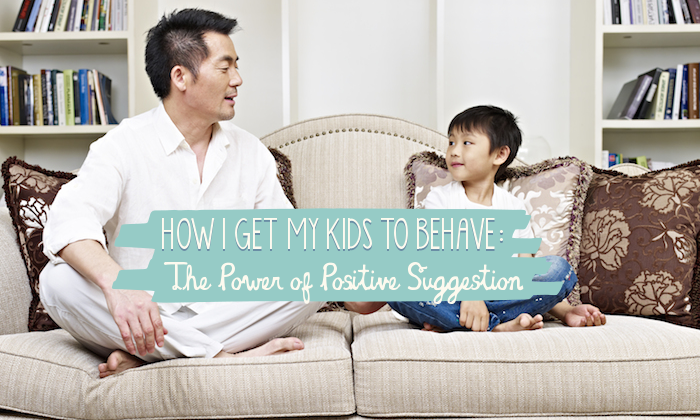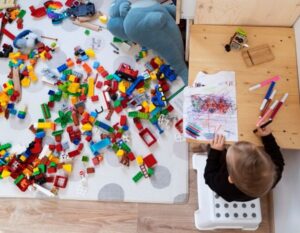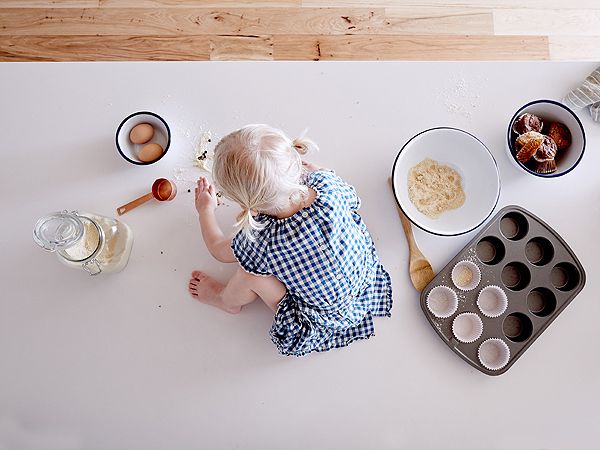
 Post Category - ParentingParenting
Post Category - ParentingParentingExpert strategies on what to say (and what not to say) to encourage good behaviour through the power of positive suggestion
At an elegant dinner with some girlfriends the other night, I was almost completely out of work mode, and enjoying listening and contributing to other experiences of international schools, the haze, F1 and our kids.
Our kids. Woes and pities about incorrect sleeping patterns, unfinished homework, unruly behaviour, temper tantrums, stubborn mind-sets, and then came the big bang directed at right at me:
“HOW DO I GET THEM TO BEHAVE?”
I guess it’s a blessing and a curse that when I attempt to switch off work-mode, a part of my brain still does do a quick light up every time I hear or see particular language patterns, gestures, body language and the like. And all I could hear through the complaints and anxieties of the moms, really, was that they needed a greater understanding of how the subconscious mind of a child actually works.
So here goes. The lesson behind lecturing your child is this:
Anything that comes after don’t in a sentence to your child, such as “Don’t break that vase”, or “Don’t jump on that sofa”, will inadvertently cause a reaction in your child’s brain to actually do that unwanted particular action.
Our brains are conditioned to respond to direct symbols, not words. So when you tell your child don’t be or do something’, what’s going to register as a symbol in their mind, is the adjective/verb they hear after the word DON’T.
It’s that same metaphor that keeps coming up again ‘Don’t think of the pink elephant!’. Well, what can’t you help but think of?
So instead of implanting these negative suggestions, try embedding positive suggestions like,
“Sit peacefully on the couch” (NOT “Don’t jump on the couch!”)
Or
“Treat your friends with care and respect” (NOT “Don’t hit your friends”)
Some other positive suggestions, (which will indirectly improve behavioural habits), to embed in their mind would be:
- Thanks for helping me.
- I see you working and learning every day.
- I believe you.
- Your actions are powerful
- My world is better with you in it.
What you want to do is give your child that opportunity to experience the opposite – the goodness – and have their minds respond to those positive symbols.
Good luck mamas, and remember always: we’re all doing the best we can.






 View All
View All




 View All
View All











 View All
View All







